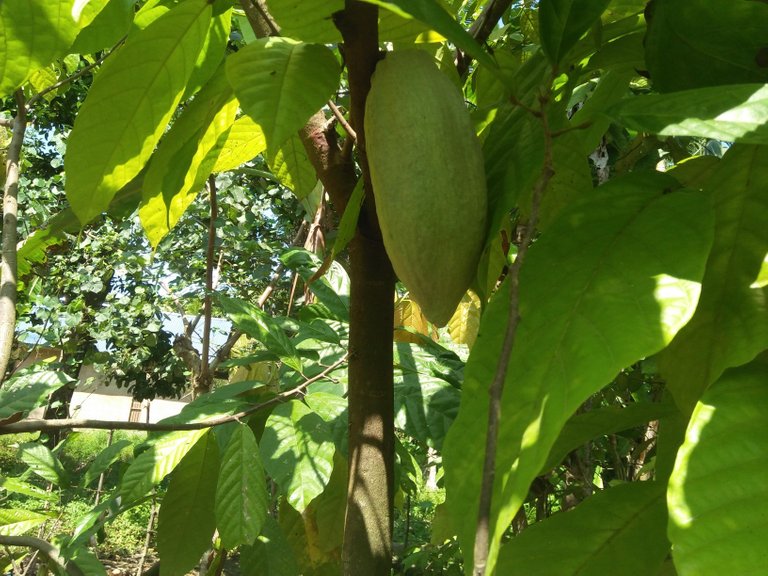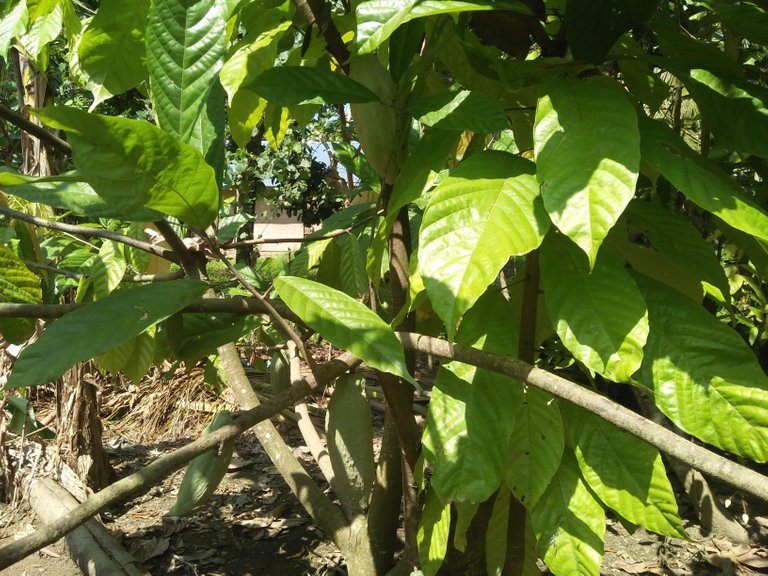 HOW TO-1
HOW TO-1
Cocoa is one commodity that can contribute to the increase of foreign exchange. Indonesia is one of the world's major cocoa suppliers after Ivory Coast (38.3%) and Ghana (20.2%) with a 13.6% percentage. Denggan cultivate Cacao into a quality prodak in the country. We have been able to save the state finance of about 5% or USD 200 / ton every Kaka seed export. To process cocoa beans into chocolate requires adequate knowledge for the results berkuwalitas and has a sale value to be marketed into the market into a prodak. Food and beverages produced from cocoa plants are now excellent in almost all segments of society. Let alone children, adults make chocolate as their favorite food and drink. In general, cocoa processing process becomes brown through several stages. Here some information processing cocoa beans to brown.
- Cocoa beans are cleansed to remove all foreign ingredients.
- Cocoa beans will then be roasted to bring out chocolate and roasted. Temperature, time and moisture levels during roasting depend on the type of seed used and the type of chocolate or product to be produced.
- A winnowing machine will be used to separate the seed shell and kakao.
- seeds. Cocoa beans will then undergo alkalization processes, usually using potassium carbonate, to develop flavors and colors. After the alkalization, cocoa beans then enter the grinding process to make cocoa liquor (cocoa particles suspended in cocoa butter). Temperature and degree of grinding vary according to the type of milling machine used and the product to be produced. After cocoa beans become cocoa liquor, usually manufacturers will add a mixer, such as nuts to add a brown taste image. Generally use more than one type of beans in their product, which is mixed together with the required formula. The next stage is to extract the cocoa liquor by pressing to get the brown fat (cocoa butter) and cocoa with a solid mass called cocoa presscake. The percentage of pressed cocoa fat was adjusted to the producer's desire so that the composition of brown fat (cocoa butter) and cocoa presscake were different.
- Processing is now in two different directions. Brown fat will be used in making chocolate. While cocoa presscake will be smoothed into powder.
- The cocoa butter will then be used to produce chocolate by the addition of cocoa liquor. Other ingredients such as sugar, milk, emulsifying agents and cocoa butter are added and mixed. The proportion of the ingredients will differ depending on the type of chocolate made.
- The mixture then undergoes a refining process until a fine paste is formed (refining). Refining aims to improve the texture of chocolate.
- The next process, conching, to further develop the taste and texture of chocolate. Conching is the process of kneading or smoothing. The speed, duration and temperature of the conching will affect the taste. An alternative to conching is an emulsifying process using a machine that works like an egg beater.
- This mixture then passes through heating, cooling and reheating process. This prevents the color changes and brown fat in the product. This is to prevent discoloration and melting of chocolate in the product.
- This mixture is then fed into the mold or used for enrobing and cooled fillers in the refrigerator.
- Chocolate is then packed for distribution to retail outlets.
 HOW TO-2
HOW TO-2
The process of cocoa processing into chocolate by Fermentation system will produce cocoa with a taste equivalent to cocoa from Ghana. Because, Indonesian cocoa has an advantage not easily melted so suitable for blending.Fermentation is a process of producing a product with microbes as a processing organism. Fermented cocoa beans are a traditional fermentation involving indigenous microorganisms and endogenous enzyme activity. Fermentation of cocoa beans does not require the addition of starter culture, because cocoa pulp that contains a lot of glucose, fructose, sucrose and citric acid can invite the growth of microorganisms that occur fermentasi.Tahapan post-harvest processing of cocoa fruit is split and pulp-coated seeds removed, then collected on a container. The types of containers used may vary, including drying platforms (America), leaf coated baskets, and wooden containers. Containers are stored above ground or over the channel to accommodate the pulp juices produced during fermentation (pulp degradation yield). Generally, the container base has a small hole for drainage and aeration. The container is not filled in full, leaving 10 cm from the top and the top surface is covered with banana leaf which aims to retain heat and prevent the surface of the seed from drying. Fermentation in the box can be done for 2 - 6 days, fill the boxes behind each day by moving them to another box.Fermentation of cocoa beans will produce taste precursors, brown the color of seeds, reduce bitter taste, sour, sweet and floral aroma, increase the smell of cocoa (chocolate) and nuts (nutty), and harden the seed shell into a shell. Unfermented seeds will not have these precursor compounds so that the taste and quality of seeds is very low. Fermentation in cocoa beans occurs in two stages of anaerobic fermentation and aerobic fermentation. The presence of citric acid makes the pulp environment becomes acidic so it will initiate the growth of yeast and anaerobic fermentation occurs. Fermentation of aerobes is initiated by lactic acid bacteria and acetic acid bacteria. Fermentation products produced in the form of ethanol, lactic acid, and acetic acid will diffuse into the seeds and make the seeds do not germinate. During fermentation also occurs enzymatic activity, the enzymes involved are endoproteases, aminopeptidase, carboxypeptidase, invertase (cotyledon and pulp), polyphenols oxidase and glycosidase. These enzymes play a role in the formation of taste precursors and pigment degradation during fermentation. The taste precursors (amino acids, peptides and reducing sugars) form a taste component under Maillard reaction (a non-enzymatic browning reaction) during penyangraian.Untuk stop the fermentation process, cocoa beans then dried. Drying is done until the moisture content becomes 7 - 8% (equals 75% moisture air). Water content of less than 6%, seeds will be fragile so that handling and further processing becomes more difficult. Water content of more than 9% allows weathering of seeds by fungi. Solar-heating drying can take 14 days, whereas non-solar drying takes 2 - 3 days. After drying, the seeds are sorted to clean the seeds and continued with roasting at 210 ° C for 10-15 minutes. The purpose of penyangraian is to sterilize the seeds and the formation of taste from the taste precursor (fermentation) through Maillard reaction. At harvest time, Indonesian cocoa farmers have a tendency to process the cocoa beans without fermentation by soaking the seeds in water to remove the pulp and followed by drying
Benefits of cocoa beans
Cocoa beans not only can be used as chocolate, but can be used as herbal medicine for the health of the body. Here are some benefits of cocoa beans for health.
- For cholesterol
- For high blood pressure
- For diabetes
- For cough
- For liver disease
- For blood clotting
- To prevent cancer
- To ward off free radicals
- To prevent heart disease
- For fatigue syndrome chronic
- For stroke
- To lose weight
- For sun protection
14 To overcome diarrhea - To improve brain intelligence
- For eye health
- For anti depression
- For bone strength
- For heartbeat regulation
20 Balance chemical substances in the brain - To prevent premature aging